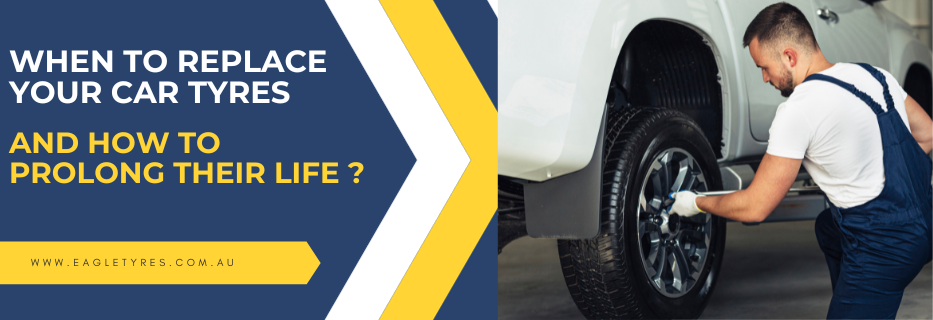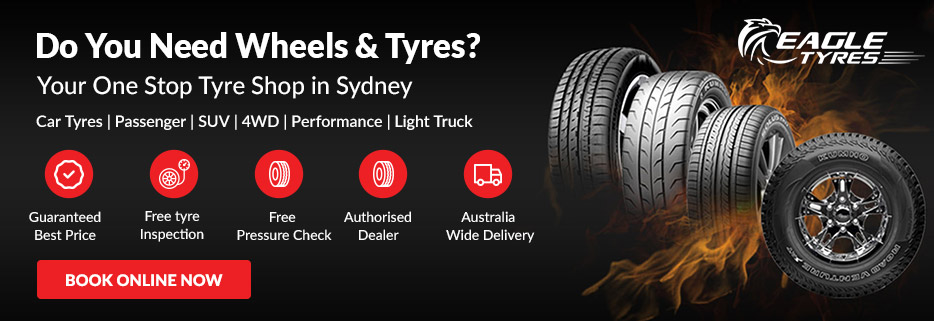Determining the exact lifespan of a tyre is impossible. Several factors, including design, driving habits, climate, road conditions, and tyre maintenance, collectively influence a tyre’s durability and mileage.
Tips for Tyre Maintenance
-
Regular Inspections After 5 Years :
After five years of continuous use, it’s crucial to have your vehicle tyres professionally inspected annually for safety and performance.
-
10-Year Maximum Lifespan :
As a precaution, Michelin suggests replacing more than 10-year-old tyres from their manufacture date, even if they seem usable and haven’t reached the tread wear indicator. It applies to spare tyres as well.
Maximising Tyre Lifespan through Proper Care
-
Maintaining Correct Air Pressure :
Ensuring your vehicle tyres are consistently inflated to the recommended air pressure levels is essential for extending their lifespan.
-
Regular Tyre Rotations :
Implementing routine tyre rotations and adhering to regular vehicle maintenance practices can significantly prolong your tyre’s life.
-
Tyre Health Reflects Vehicle Condition :
Your vehicle tyres are a valuable indicator of your vehicle’s condition and performance. Healthy tyres enhance safety and extend their longevity.
Here are some practical tips for prolonging tyre lifespan and enhancing your vehicle’s performance:
Check Your Tyre Pressure Regularly
To ensure proper tyre pressure, consider keeping a gauge in your center console for timely reminders. Although modern vehicles may warn about low tyre pressure, it’s essential to maintain the manufacturer-recommended pressure. You can find this information in your owner’s manual or on the driver’s side door. Maintaining correct pressure prevents uneven wear, blowouts, frequent replacements, and dangerous flats at higher speeds.
Tyre Rotation Frequency
The frequency of tyre rotation depends on factors like driving habits, road conditions, and mileage. A general guideline is to schedule tyre rotations during oil changes. Additionally, before commencing a long road trip, consider tyre rotation to ensure even wear and prevent potential high-speed blowouts or flats. This practice distributes wear uniformly among all four tyres, preventing premature wear on one side.
Importance of Wheel Alignment
Proper wheel alignment significantly enhances tyre lifespan and minimises wear. Monitoring your tyres’ wear patterns and recognising alignment issues is crucial. If you experience steering pulling towards the left or right direction on flat roads or notice an off-centre emblem on your steering wheel, it’s time for a wheel alignment check.
Regular Suspension Checks
Suspension components directly impact tyre health. Your tyres can exhibit uneven wear patterns if a suspension part prematurely wears or fails. Routine maintenance appointments can help you monitor suspension components, ensuring tyre health.
Eagle Tyres recommends replacing your vehicle tyre when the tread depth falls below the recommended levels. Here are the steps to know your car tyre’s condition
Regularly Inspect Your Vehicle Tyre for:
- Shallow tread depth
- Uneven tread wear
- Any visible damage
- Damaged valve caps
- Foreign objects like rocks, nails, etc.
As you drive, pay attention to the feel of your car tyres:
- If you feel vibrations or other irregularities while driving, reduce speed and stop to check your car tyres.
- A bumpy ride might signal excessive wear or tyre damage.
- If you identify tyre damage, deflate the affected tyre and replace it with your spare tyre. If there’s no visible damage or the vibration source is unclear, seek a professional tyre inspection at a service centre.
Ensure Tyre Safety with These Steps:
Regular Inspection:
- If you need more clarification on any findings during your tyre inspection, consult your tyre dealer for a professional assessment.
- Avoid highway or long-distance driving until your car tyres are deemed safe.
How to Inspect Your Car Tyres:
- Check Air Pressure: It is quick and preventive, which you should perform at least once a month.
- Examine Tread Wear: Use tread wear indicators, a tread depth gauge, or the penny test.
- Penny Test:
- Retrieve a standard-sized penny from your wallet.
- Place it into the car tyre’s lowest tread groove.
- New tyres typically have a tread depth of 10/32 of an inch. If any part of the tread falls below 2/32 of an inch, your car’s ability to grip the road significantly diminishes.
When to Inspect Your Vehicle’s Tyres:
- At least once a month.
- Before going on extended road trips.
Time to Decide
After assessing your car tyres, if you decide to replace your car tyres, take the vehicle to a tyre shop in Sydney. Eagle Tyres offers superior car and 4×4 tyres from top brands, including Continental, Bridgestone, Michelin, Goodyear, BF Goodrich, Pirelli, Kumho, Falken, Toyo and more.







